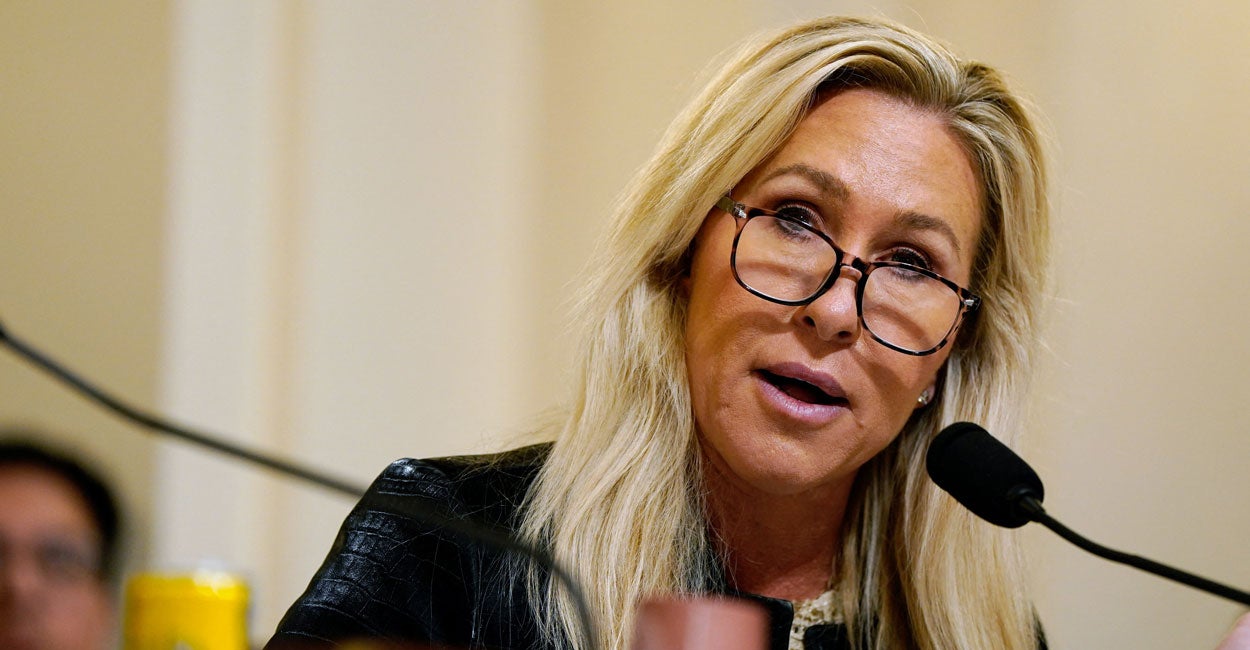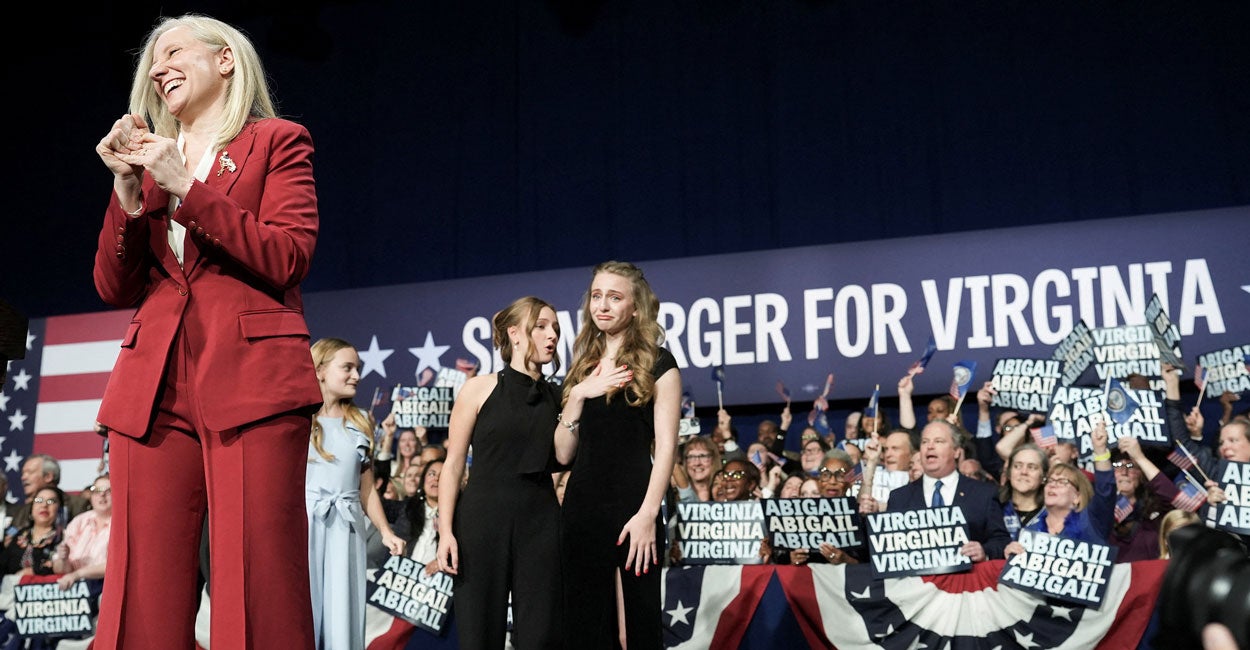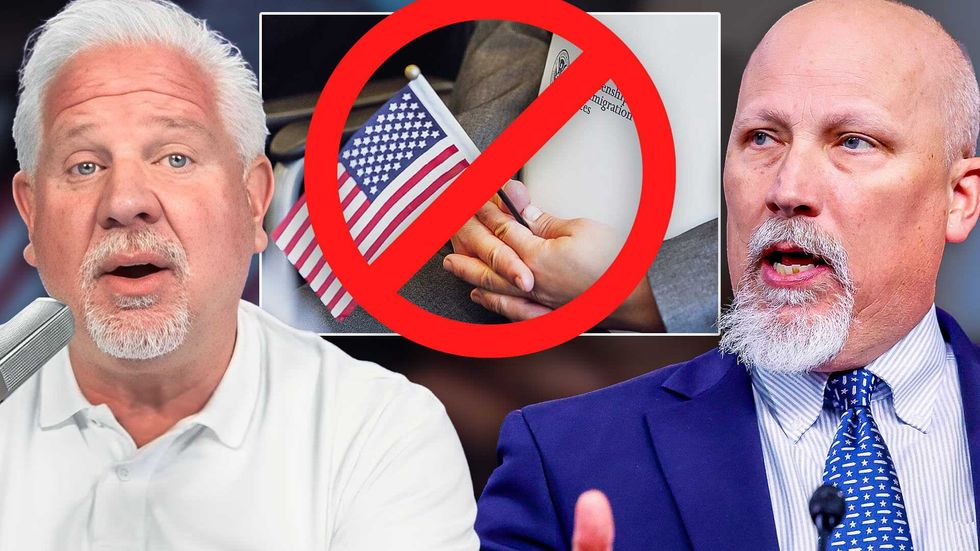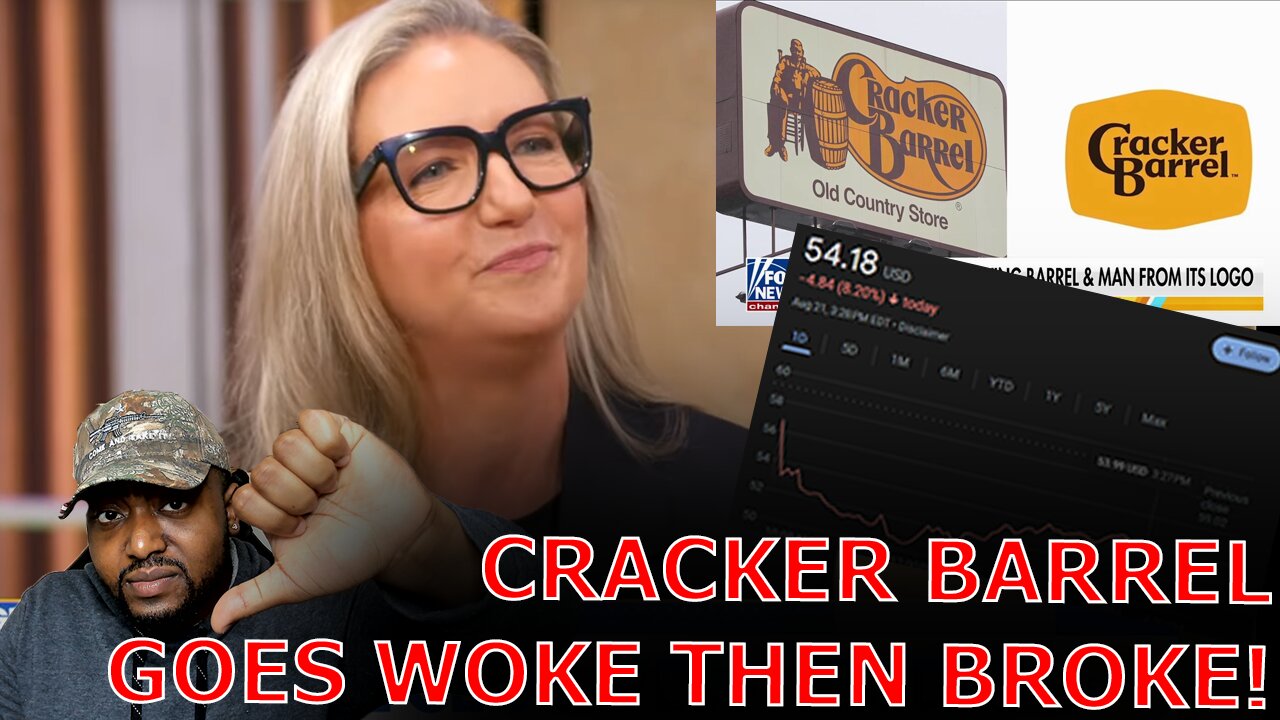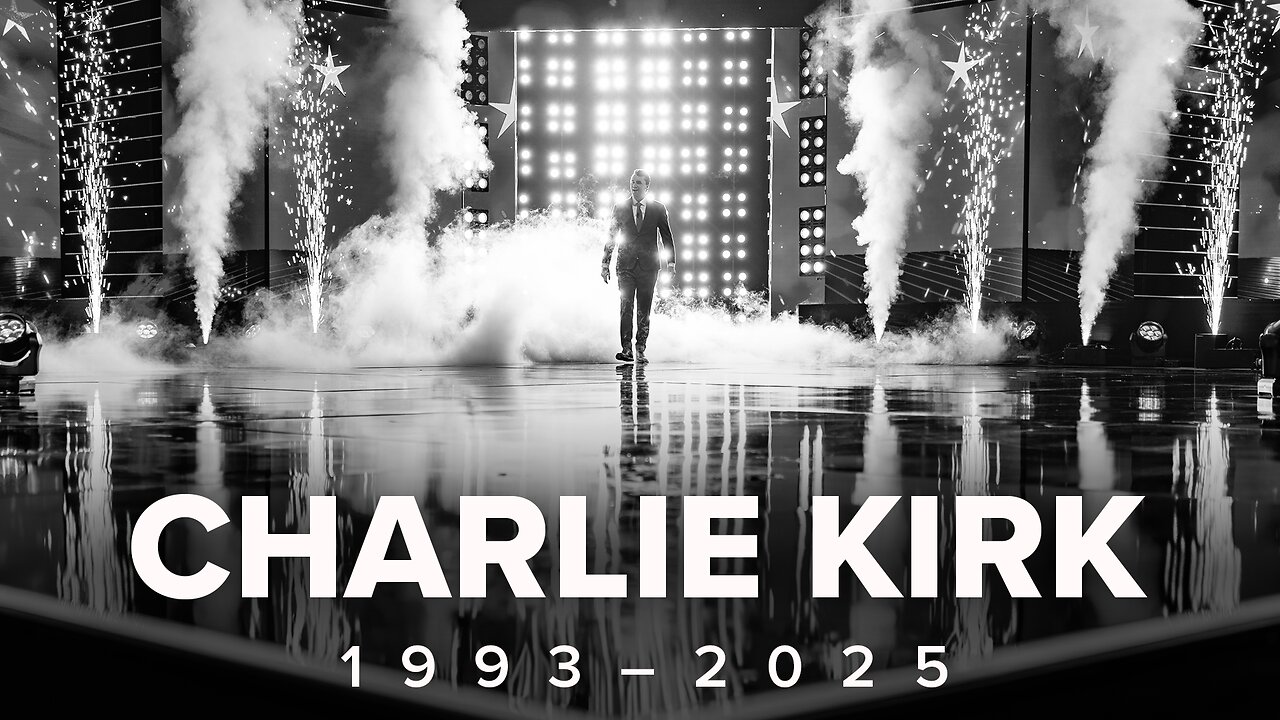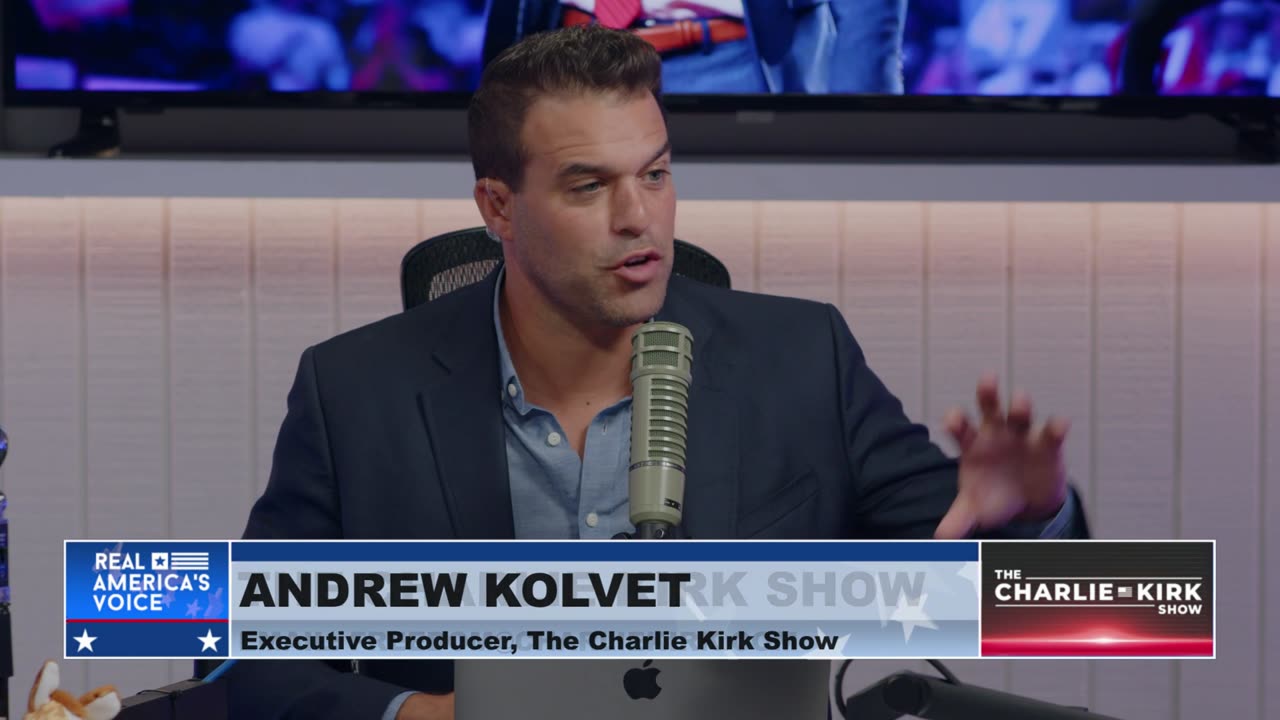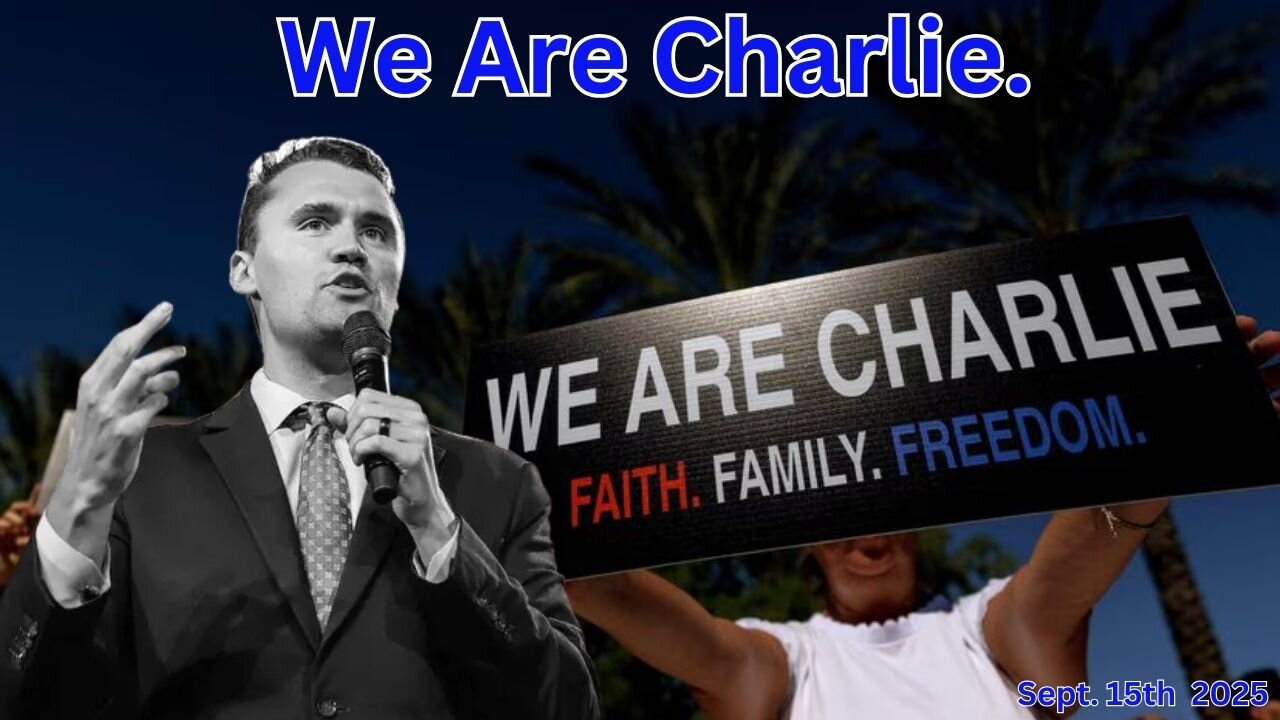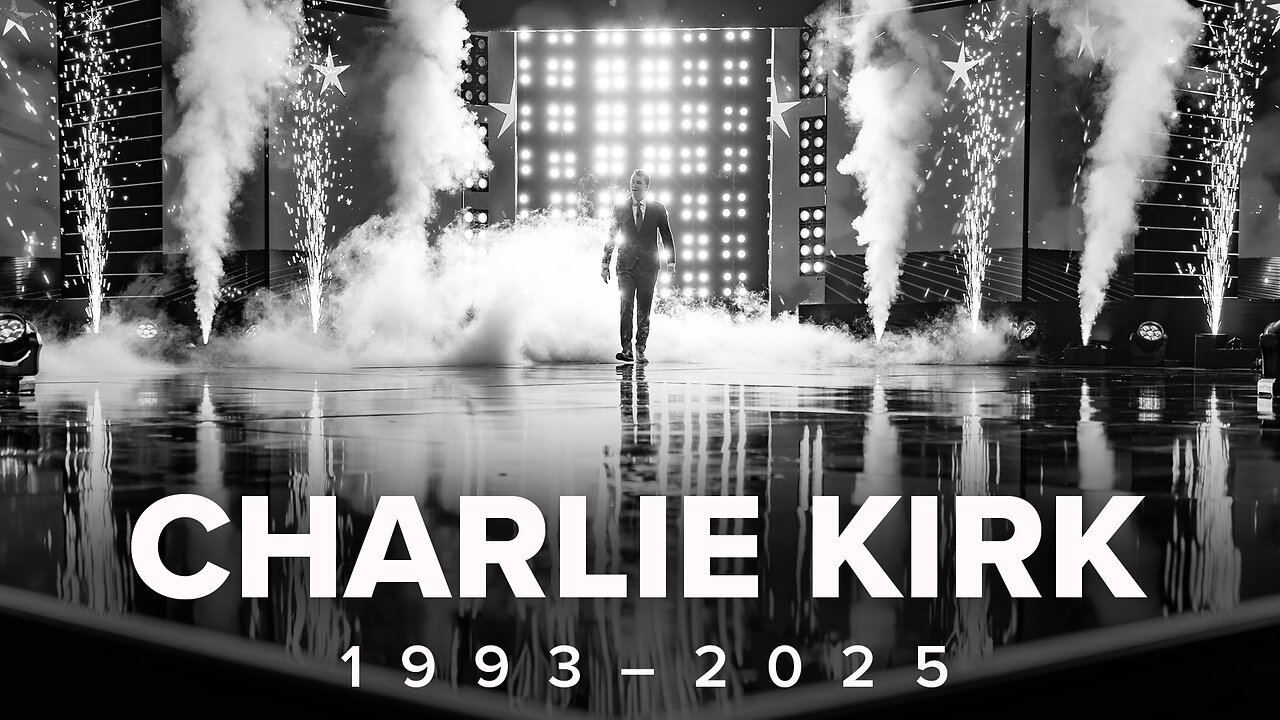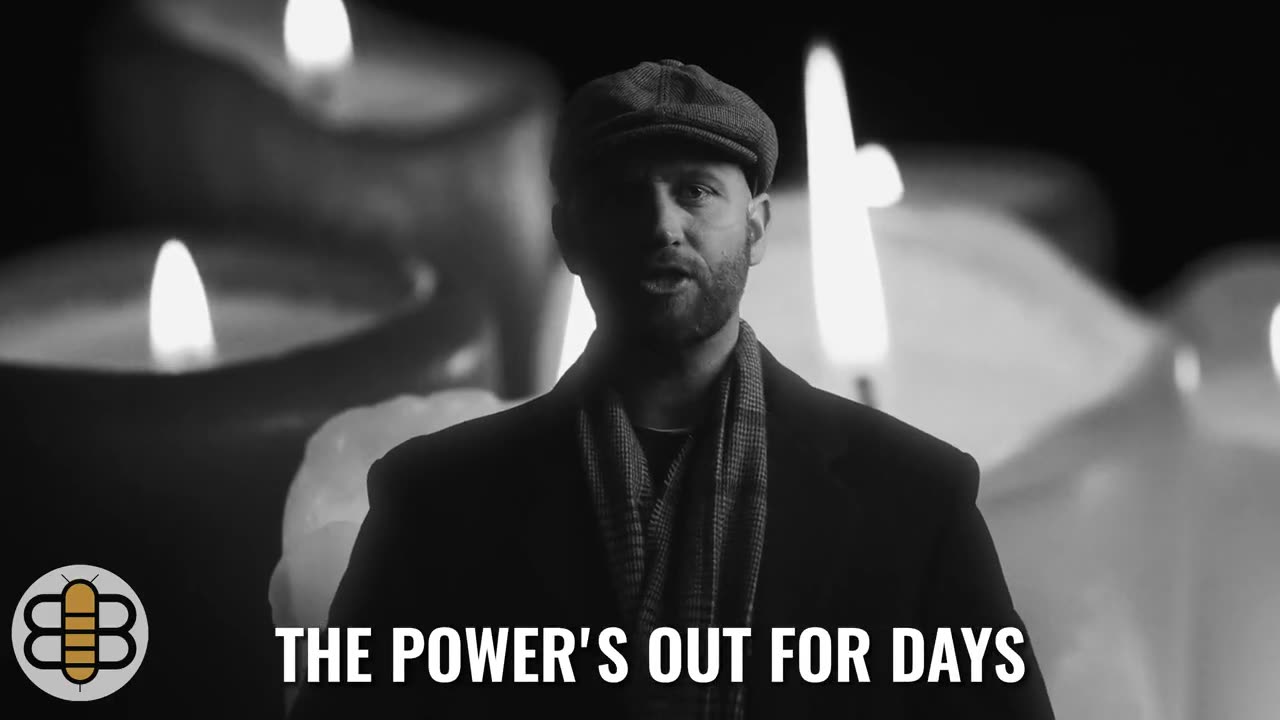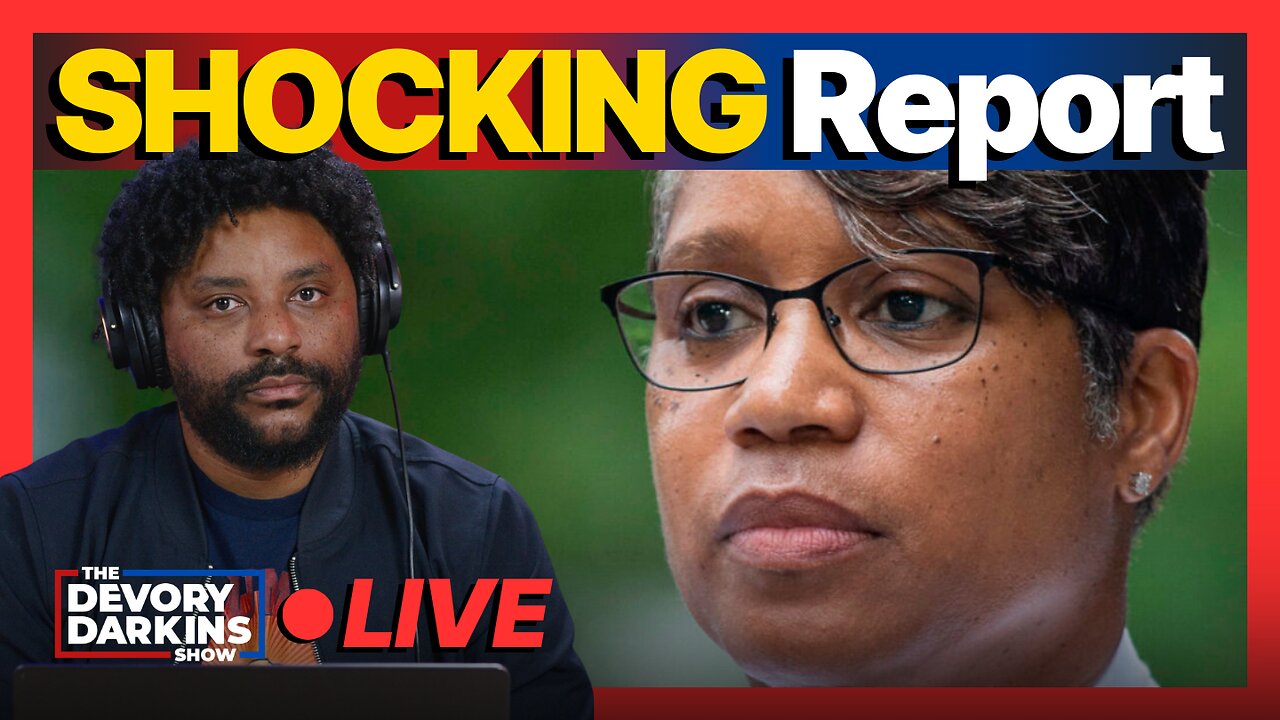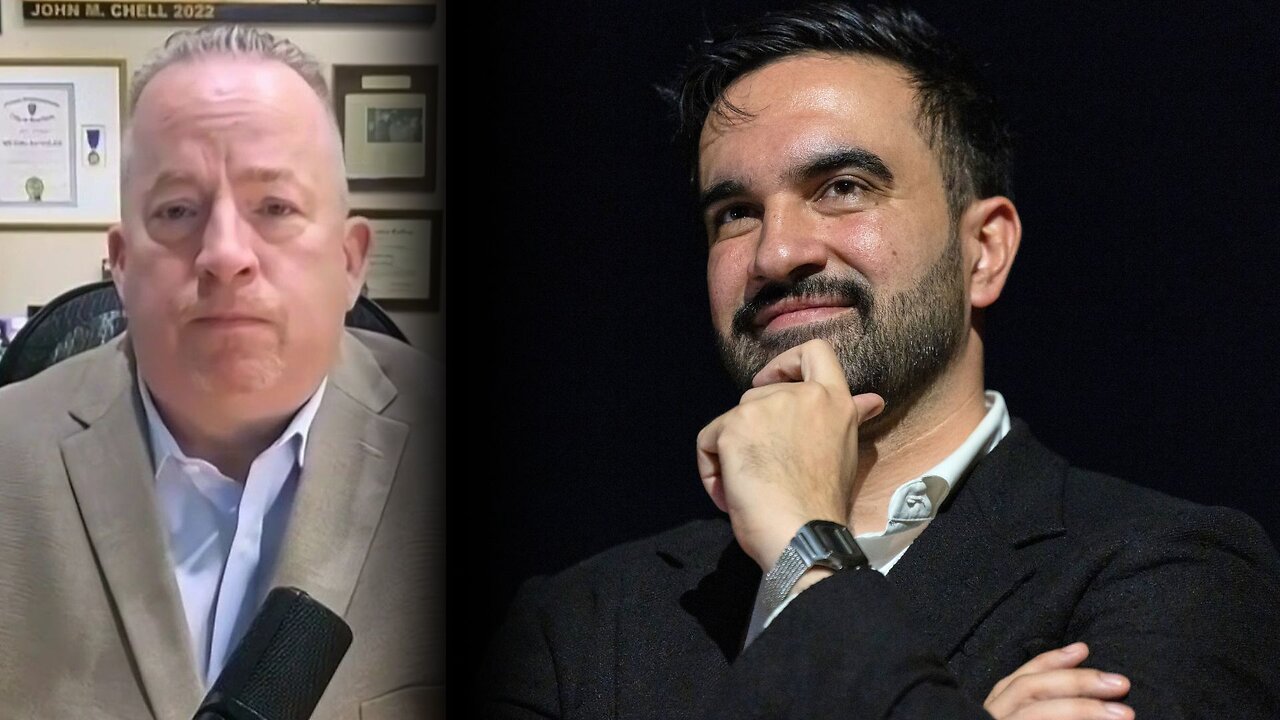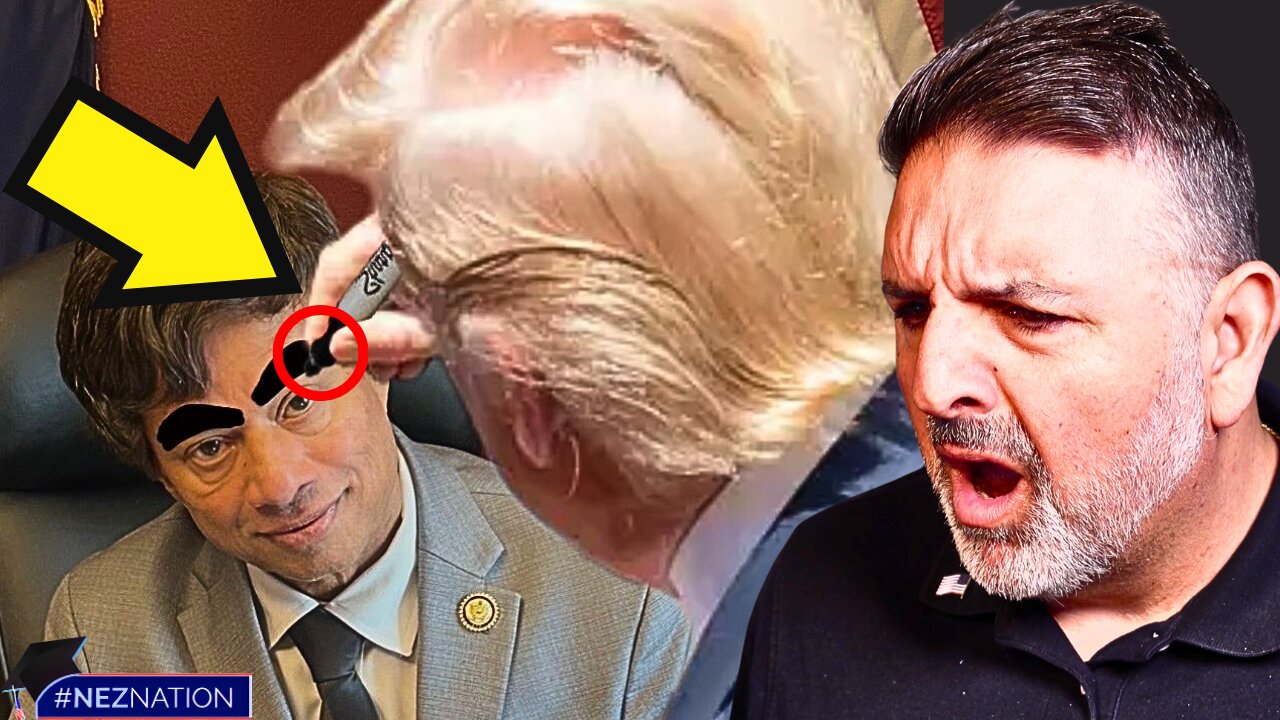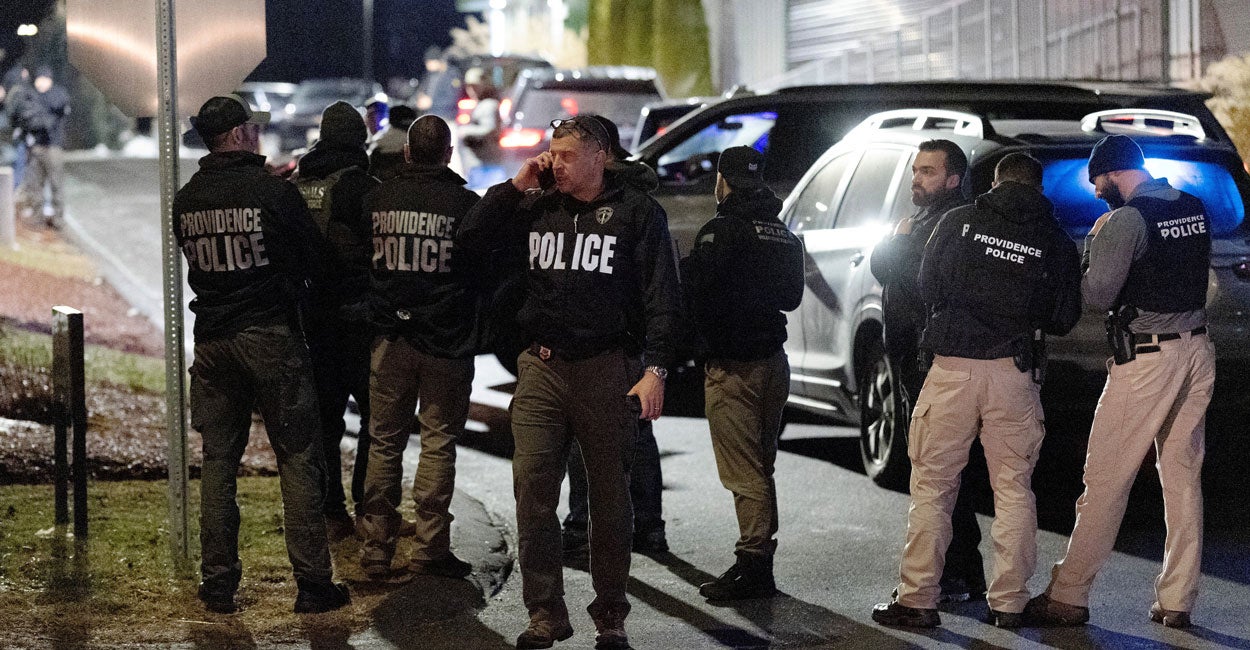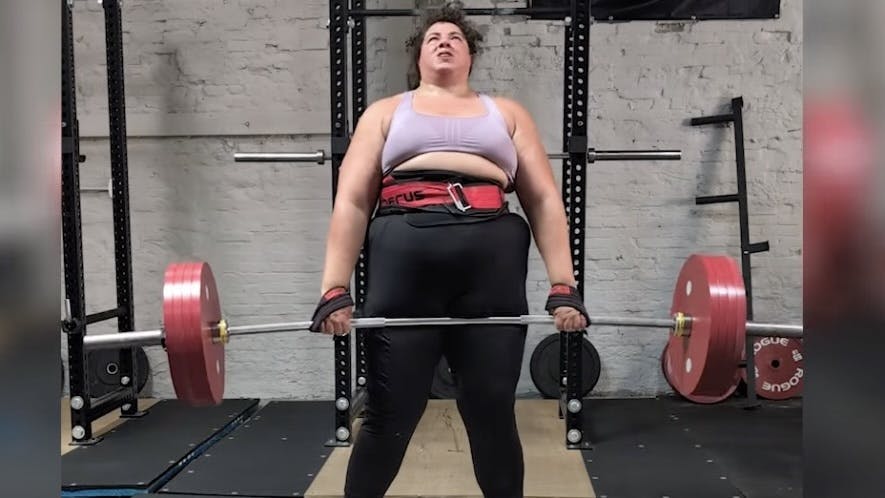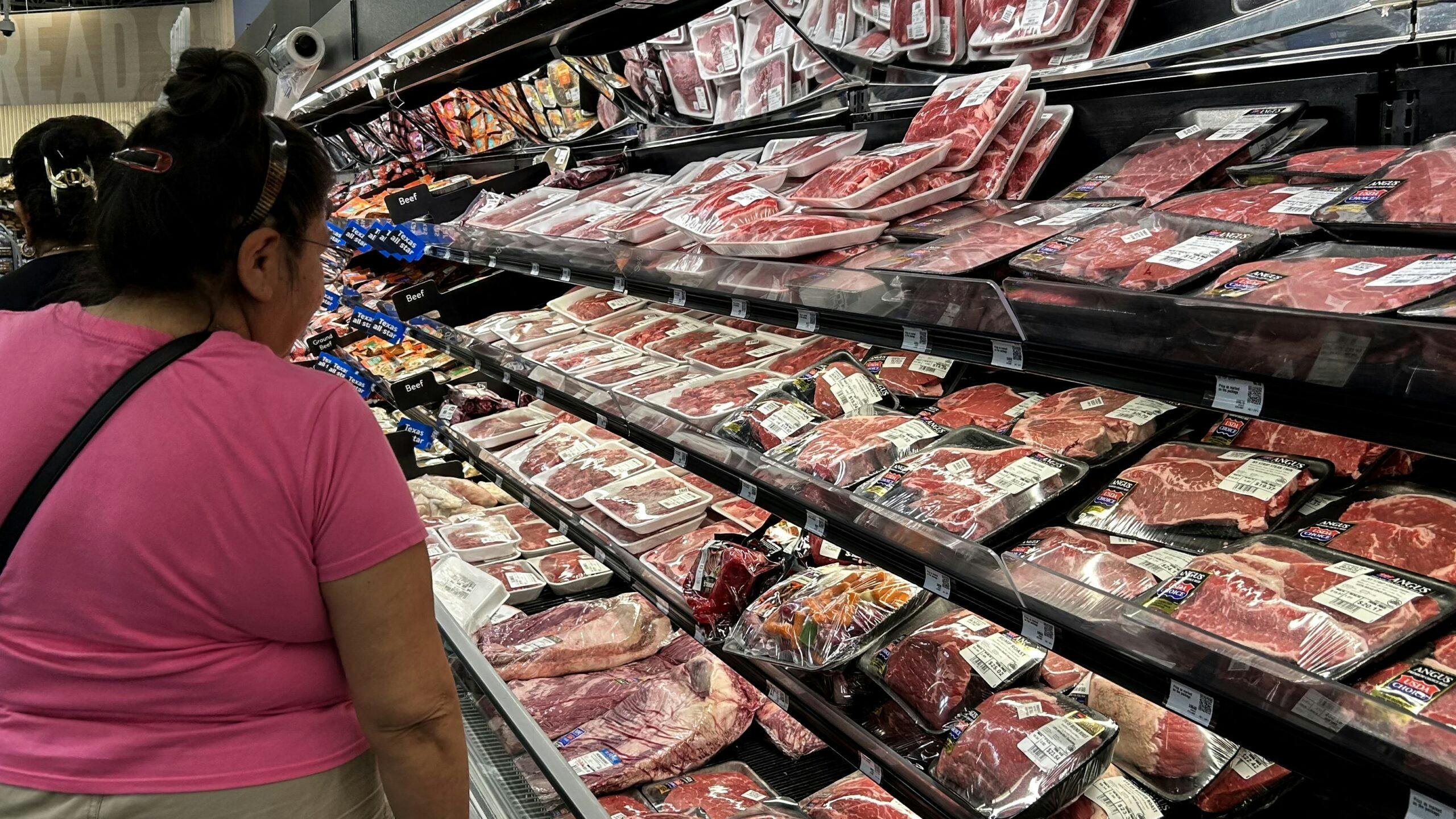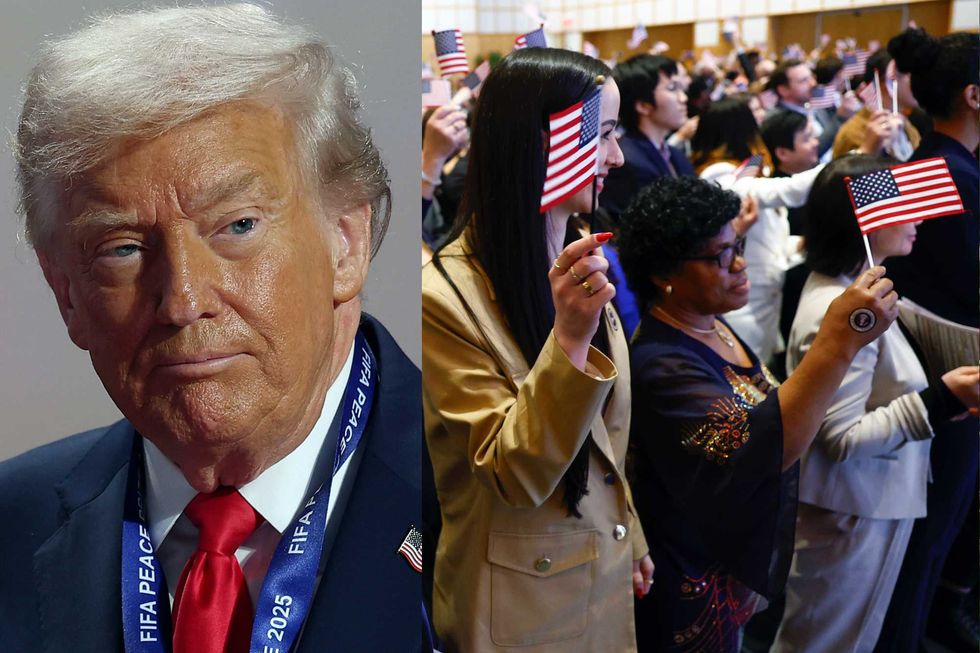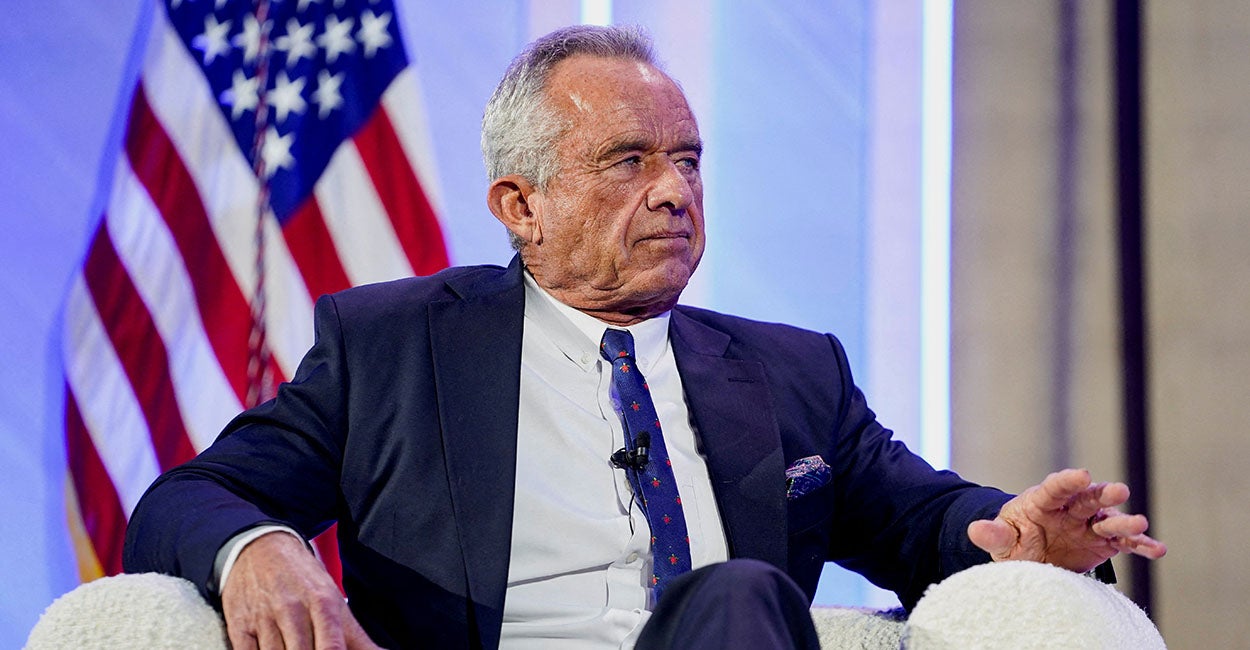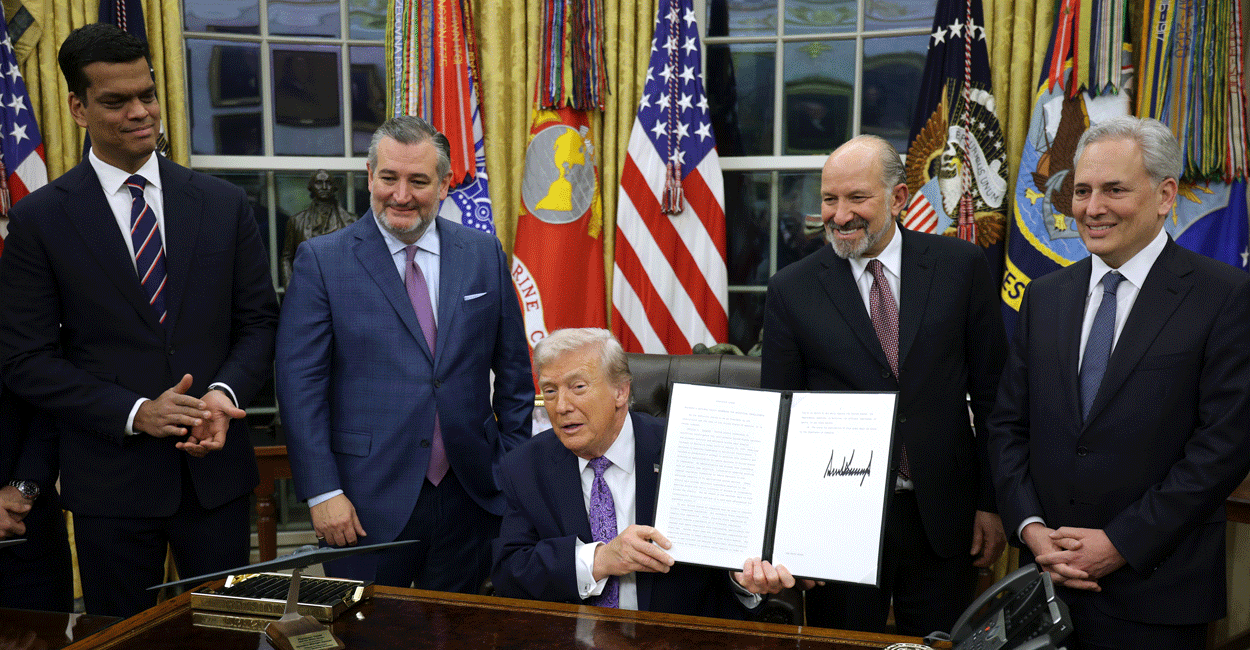Come October, We’ll All ‘Keep Hangin’ On’ Waiting for the Decisions of the Supremes

On Oct. 6, just a few short months from now, the Supreme Court marshal will utter the traditional “Oyez! Oyez! Oyez!”—marking the start of yet another Supreme Court term.
Live Your Best Retirement
Fun • Funds • Fitness • Freedom
The court’s last term, which ended in June, featured hot-button topics ranging from nationwide injunctions to parental rights to religious liberty, and it delivered no shortage of important rulings that will spark debate for years to come. This new term looks no different, offering a packed docket destined to ignite national conversation and shape legal precedent on very important issues.
Here’s a quick preview of upcoming cases that are sure to dominate headlines, broadcasts, and your newsfeed—and, more importantly, to affect the lives of many Americans.
West Virginia v. B.P.J.
This legal battle out of West Virginia could decide the fate of women’s sports in more than two dozen states.
The seeds of this showdown were planted in 2021 when the state of West Virginia passed the Save Women’s Sports Act. Arguing that inherent biological characteristics create unfair advantages for men, the law mandated that biological sex serve as the defining metric for participation in female sports.
The law met immediate resistance.
The challenger was then 11-year-old “Becky” Pepper-Jackson (“B.P.J.”), a local male athlete who identified as female. B.P.J.’s family sued the state board of education, arguing that the newly enacted law violated the 14th Amendment, the equal protection clause, and Title IX.
After issuing a preliminary injunction in 2021, the U.S. District Court for the Southern District of West Virginia granted a summary judgment in favor of West Virginia in January 2023.
The court concluded that biological sex, along with its accompanying physical and hormonal characteristics, could provide an advantage in athletic performance. West Virginia, it held, had not overstepped in preventing males, including those who claim they are female, from competing against biological women and girls.
However, the 4th U.S. Circuit Court of Appeals saw things differently. On April 16, 2024, the 4th Circuit reversed the district court’s summary judgment and reinstated an injunction on West Virginia’s law, thus allowing B.P.J. to compete. The court held that the law’s exclusion of B.P.J. from girls sports constituted sex-based discrimination in violation of Title IX, and it remanded the equal protection complaint back to the district court.
In response, West Virginia appealed to the U.S. Supreme Court.
If West Virginia does not prevail, we may witness what can only be described as a legal domino effect. Such a disastrous ruling could affect similar laws that have already been enacted in 25 other states, marking a generational turning point for the future of women’s sports in America—and for the safety of the women who participate in those sports.
Little v. Hecox
A case out of Idaho tells a similar story but poses a deeper constitutional question that could permanently alter how courts apply the 14th Amendment.
In March 2020, the state of Idaho passed the Fairness in Women’s Sports Act—the first law in the U.S. to ban biological males from playing in women’s sports. In response, “Lindsay” Hecox, a male cross-country athlete identifying as a woman, along with an anonymous “Jane Doe,” sued the governor of Idaho.
Backed by the ACLU, the pair centered their petition on a pivotal argument: that the new law violated the equal protection clause of the 14th Amendment. They claimed that their exclusion from a sports team categorized by biological sex violated their constitutional rights.
In August 2020, a federal judge granted a preliminary injunction before Idaho’s law could even be enforced. The law was frozen based on three findings: Hecox was likely to win, the plaintiffs would suffer irreparable harm through the state’s sex verification process, and the state had not shown that excluding biological men from women’s sports protected biological women in a meaningful way.
Idaho turned to the 9th U.S. Circuit Court of Appeals—but in August 2023, that very liberal court, to no one’s surprise, affirmed the lower court’s decision. Rejecting a biological standard, the 9th Circuit concluded that excluding Hecox from participation on the basis of gender identity was discriminatory and that Idaho had not demonstrated the issue to be relevant or pressing.
On July 3, 2025, the U.S. Supreme Court agreed to hear the case.
Like West Virginia v. B.P.J., this case has the potential to open the legal floodgates and transform laws in dozens of states, endangering the safety of women athletes and damaging their ability to compete. However, a critical nuance in the case is the plaintiff’s provocative framing of the Equal Protection Clause—a framing that challenges the notion of identity itself.
Louisiana v. Callais
This case returns to the year 2020—but this time, to Louisiana. Following the 2020 census, Louisiana received six seats in the U.S. House of Representatives. Yet the NAACP and others challenged this, alleging that the creation of only one majority/minority black congressional district violated Section 2 of the Voting Rights Act.
A federal district judge in the Middle District of Louisiana agreed and ordered a new map be drawn before the 2024 election. This time, the map had two majority-black districts.
However, a new group of voters challenged this map, citing a violation of the equal protection clause since it had been drawn on the basis of race.
Despite agreement from a three-judge panel in April 2024 that the new district was an unconstitutional racial gerrymander, the Supreme Court intervened, allowing the map to stand temporarily because of the upcoming presidential election. The court heard oral arguments on March 24, 2025.
But on June 27, instead of issuing a decision, the court ordered a new round of arguments in the next term with briefing on whether the state’s intentional creation of a second majority-black district violates the 14th or 15th amendments.
There is no doubt this case will have profound implications for redistricting and for the interpretation of the Voting Rights Act. The outcome could influence redistricting practices nationwide as the court decides to what extent, if any, race can be used as a factor in drawing the boundary lines of legislative districts.
National Republican Senatorial Committee v. Federal Election Commission
Finally, the court will hear arguments over the spending limits that federal law imposes on political parties engaging in candidate-coordinated campaign activities. Those are limits the Supreme Court upheld back in 2001 in a case out of Colorado—meaning this decision involves reconsidering that precedent.
This is a case brought by both the National Republican Senatorial Committee and then-Sen. JD Vance, who sued in Cincinnati because he said such limits on the activities of political parties violate the First Amendment. The lower courts ruled against them, following the 2001 precedent, although the Court of Appeals for the 6th Circuit admitted that there was a “tension” between that 2001 holding and more recent cases, which have thrown out other campaign finance provisions that the Supreme Court held violated free speech rights under the First Amendment.
So far, the court has accepted about three dozen cases for the new term. That’s not the final total, though. The justices are all out for the summer, but they’re sure to add more cases after they return and start reviewing the thousands of petitions filed.
The justices may be out, but their clerks—who are sorting through those petitions—are not. We will have to stay tuned to see what other important legal issues end up at the highest court in the land.
The post Come October, We’ll All ‘Keep Hangin’ On’ Waiting for the Decisions of the Supremes appeared first on The Daily Signal.
Originally Published at Daily Wire, Daily Signal, or The Blaze
What's Your Reaction?
 Like
0
Like
0
 Dislike
0
Dislike
0
 Love
0
Love
0
 Funny
0
Funny
0
 Angry
0
Angry
0
 Sad
0
Sad
0
 Wow
0
Wow
0
